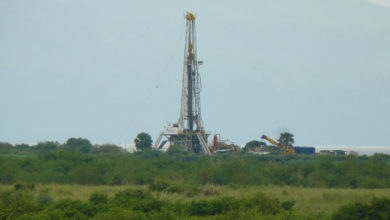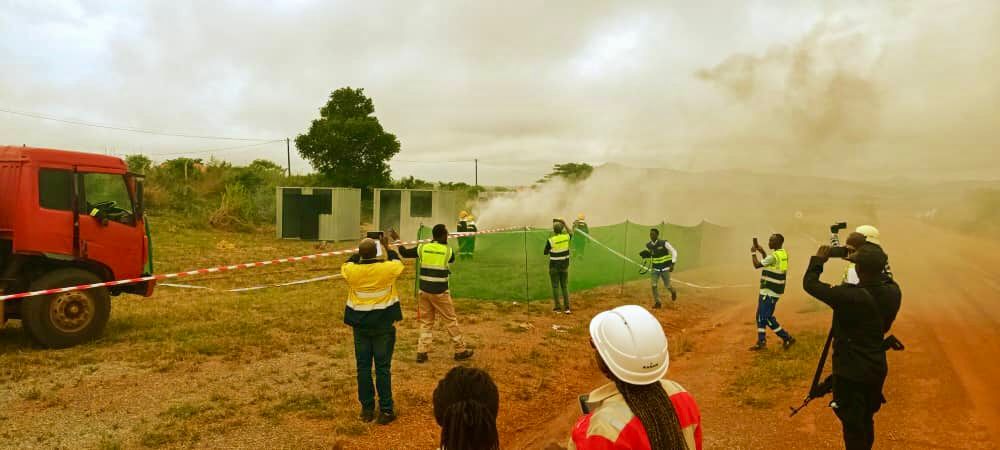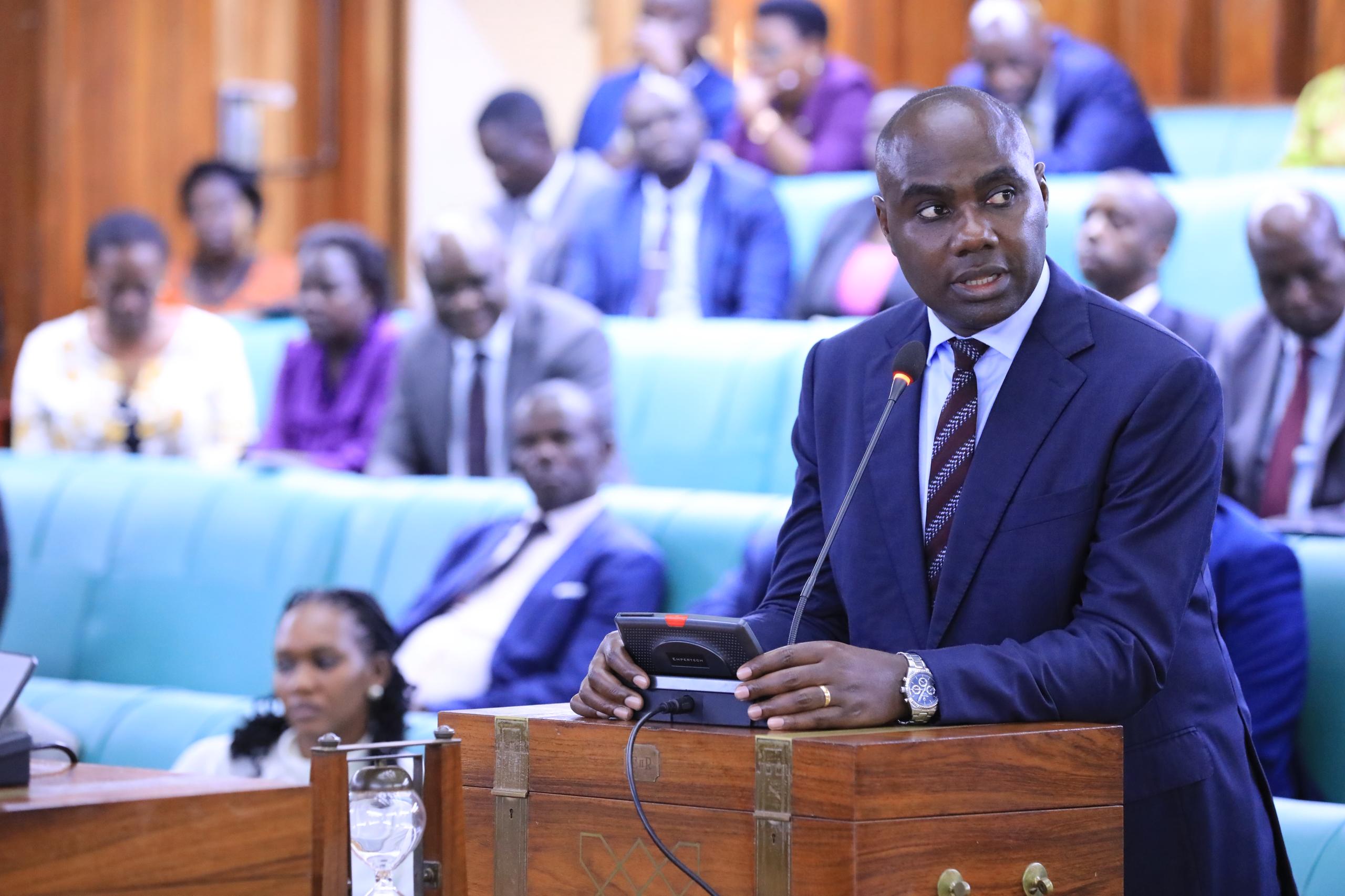Address The Social, Economic, Environmental, Biodiversity And Climate Change Risks Before Approval Of The Construction Of The EACOP Pipeline
On November 6, 2020, four civil society entities from Uganda, Kenya and Tanzania filed a court case against some of the East African Crude Oil Pipeline (EACOP) project proponents.

By Doreen Namara
On July 4, 2022 it was reported by New Vision and Daily Monitor among other national newspapers that the East African Crude oil Pipeline Company (EACOP) officially requested construction of the pipeline.
The EACOP is a planned 1, 443km pipeline that is set to be constructed from the Albertine Graben in Western Uganda to the port of Tanga in Tanzania.
The EACOP project developers include TotalEnergies (62% shareholding), the Ugandan and Tanzanian governments (15% shareholding each) and China National Offshore Oil Corporation (8% shareholding).
At peak production, the pipeline will transport 216,000 barrels of crude oil per day from the Tilenga and Kingfisher oil fields in Uganda.
If constructed, the pipeline will be the longest electrically-heated crude oil pipeline in the world. Construction of the pipeline is expected to commence in 2023
The application of the licence is the requirement under the section 56(1) of the Petroleum exploration, development and production Act 2013.
Section 57 of the same also mandates the ministry of energy and mineral development in consultation with petroleum regulatory authority to process the application for the licence in not later than one hundred eighty days after the receipt of the application.
This review should aim at confirming if the application is in conformity with the established laws, regulations and guidelines.
This means that, if approved, the oil pipeline construction licence will be ready in December 2022 and the construction of the pipeline can kick off.
However the government of Uganda to first address the social, economic, environmental, biodiversity and climate change risks before the approval of the oil pipeline construction licence.
It should be noted that due to the social, economic, environmental, biodiversity and climate change risks by the EACOP pipeline a case was filed in the East African Court of Justice.
On November 6, 2020, four civil society entities from Uganda, Kenya and Tanzania filed a court case against some of the East African Crude Oil Pipeline (EACOP) project proponents.
The civil society entities also filed an application for a temporary injunction to stop the EACOP project from commencing or to maintain the status quo until the main application is heard and determined.
The case was filed against the governments of Uganda and Tanzania as well as the Secretary General of the East African Community (EAC).
In the court case, the applicants/ civil society entities argue that among other things, the EACOP project contravenes the EAC Treaty, Protocol for Sustainable Development of the Lake Victoria basin, Convention on Biological Diversity and the United Nations Framework Convention on Climate Change.
The applicants further argue that the project violates the African Charter on Human and People’s Rights as well as the African Convention on Conservation of Natural Resources among others.
The case is aimed at upholding the rule of law as well as protecting the environmental, human and livelihood rights of 177 million East Africans amidst the EACOP project risks.
The applicants want the EACJ to declare that the execution of the EACOP project in legally protected areas contravenes the EAC Treaty.
They also want court to grant a permanent injunction against the respondents/developers from constructing the pipeline in protected areas in Uganda and Tanzania.
They further want court to give an order that the respondents/developers compensate all the project-affected persons (PAPs) for the loss already incurred due to the restrictions issued on their property by the EACOP project developers.
The EACOP project poses immense social, economic, environmental, biodiversity and climate change risks. These include:
Social impacts: A total of 13,000 households have been affected by the EACOP project in Uganda and Tanzania. The households’ land is being compulsorily acquired for the project. Because of the over three-years’ delay in compensating the affected people and use of 2018 and 2019 cut-off dates to stop the families from using their land to grow perennial food and cash crops, the households have suffered reduced family incomes, food scarcity, psychosocial distress, school drop-outs, abuse of their cultural rights and others. In the long-term, community and public expenditure on health, climate change crises and others could increase because of the EACOP. Air pollution, oil spills and others will worsen community health.
Environmental risks: The EACOP is set to directly and indirectly affect forests, national parks, game reserves, lakes, rivers, wetlands and others in Uganda and Tanzania. In 2017, the World Wildlife Fund (WWF) noted that the EACOP will affect 2,000km2 of protected areas and will fragment habitats for elephants.
Chimpanzees and other endangered animals .Some of the affected protected areas include Bugoma, Wambabya and Taala forests in Uganda as well as Minziro. Nature Forest Reserve and Burigi-Biharamulo Game Reserve in Tanzania.
Wetlands: Further, the EACOP is set to affect wetlands belonging to Lake Victoria, Lake Tanganyika as well as the Wami/Ruvu and Pagani basins among others in Uganda and Tanzania. Notably, in Uganda, the EACOP is set to affect the Sango Bay-Musambwa Island, Nabajjuzi and Lake Nabugabo wetland systems. Other affected wetland systems include the Mabamba Bay, Lutembe bay and others.
Biodiversity risks: The forests, game reserves, lakes, wetlands and other protected areas that are set to be affected by the EACOP are habitats for internationally-recognised endangered species. Notably, Bugoma forest hosts over 600 chimpanzees, or 12% of Uganda’s chimpanzee population. Further, the wetland systems set to be affected by the EACOP are important bird areas for both migratory and other bird species
Lake Victoria and ground water risks: Nearly a third of the EACOP will lie within the Lake Victoria basin. The Tanzanian EACOP Environmental and Social Impact Assessment (ESIA) report also indicates that at kilometre posts (KP) 455-470, the pipeline will come within 5 kilometres of Lake Victoria.
Experts have pointed out that a failure of the pipeline at multiple points -KP300 to 520- would impact the water quality of Lake Victoria. Up to 40 million people in East Africa rely on Lake Victoria. Ground water in the districts affected by the EACOP is also at risk of contamination in case of oil spills.
In conclusion the government of Uganda should be so keen about immense social, economic, environmental, biodiversity and climate change risks posed by the EACOP project because if not addressed it will cause irreparable damage.
Doreen Namara –Program Legal Assistant AFIEGO
Namaradoreen71@gmail.com







